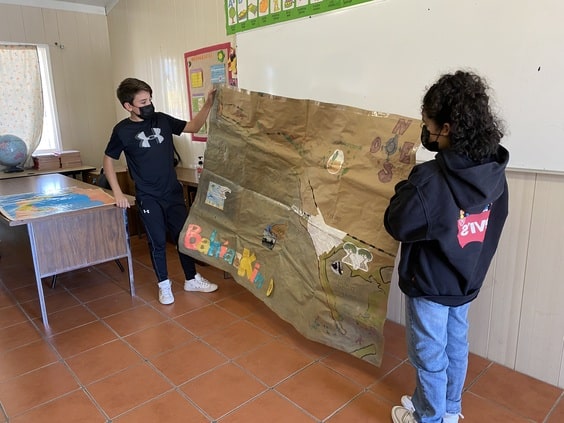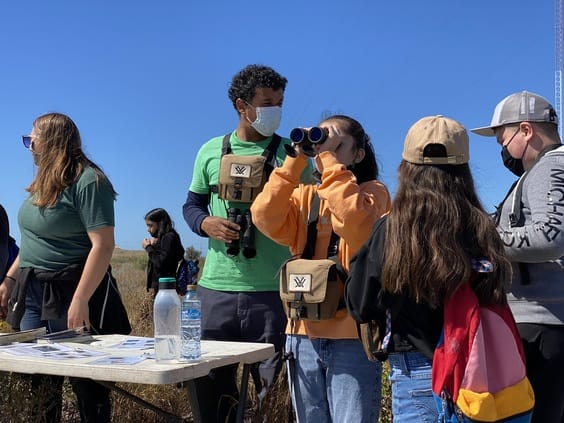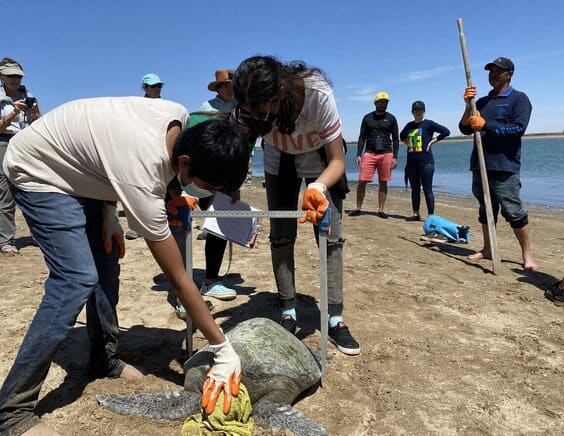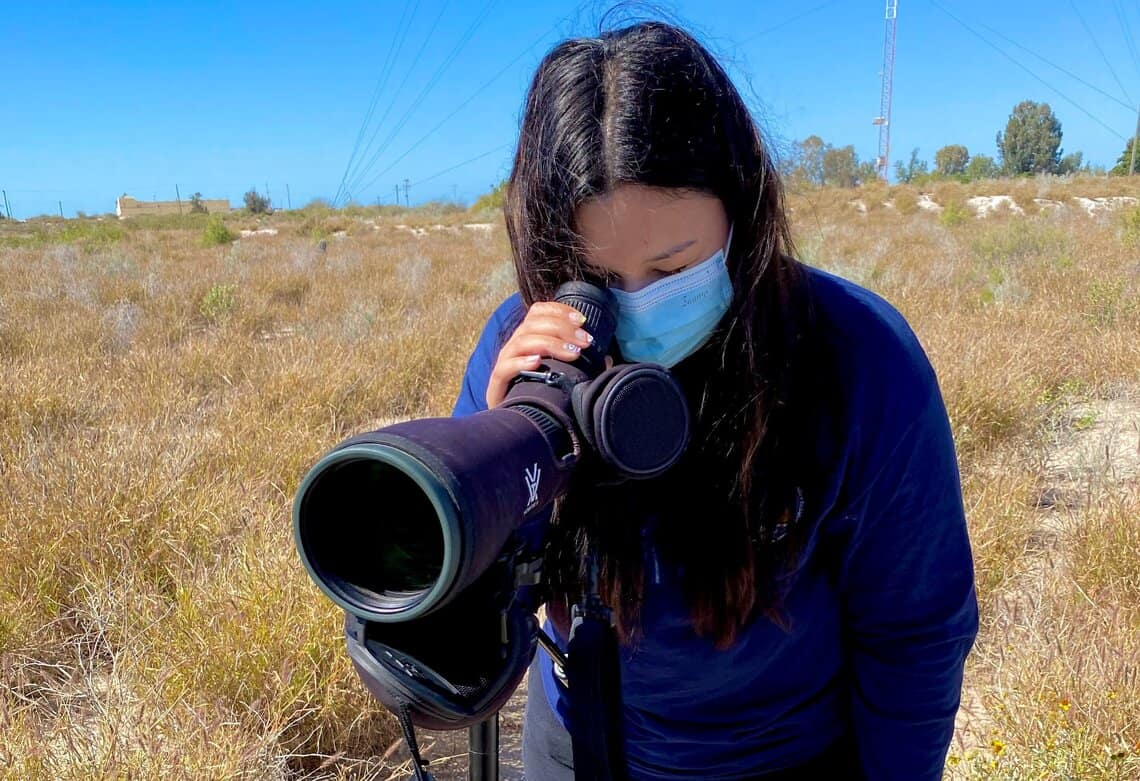By Johana Nieblas, Environmental Education and Community Leadership Program, Kino Bay Center for Cultural and Ecological Studies
The changes that the world is facing over time are evident. From overexploitation of natural resources, lack of adequate waste management, the effects of these on ecosystems and the lack of environmental awareness lead us to look for alternatives to help us face these problems. Environmental education is undoubtedly a valuable tool to raise awareness and create a positive change in the environment, allowing us to move towards sustainability and create environmental benefits.

Since 1998, the Environmental Education and Community Leadership Program (PEA) has been part of the Kino Bay Center for Cultural and Ecological Studies (Center) located in Kino Bay, Sonora, Mexico. For over 20 years, PEA has focused on working hand in hand with community members of Kino Bay. A bond has been formed thanks to the interest and support received from different groups in the community including the schools, ecological clubs, community groups, as well as authorities and institutions interested in addressing socio-environmental issues that benefit the inhabitants and contribute to the preservation of their natural resources.
PEA is based on an experiential teaching method, which is a step-by-step approach to science and conservation for children, youth, and adults. It builds a deep sense of belonging that encourages students to understand the biological and cultural wealth that surrounds them. A group of 2-3 conservation fellows from the Center run the program with the guidance of the director, and the help of local teachers.
 We are responsible for a variety of educational activities. Within the program we teach 4 groups of 4th and 6th grade elementary school students, provide guidance to the high school ecology club, have a biocultural school project with the Comcáac (Seri) Nation, collaborate with community groups, and provide opportunities for social service, internships, and volunteering. We also have a strong link between the different work programs at the Center, such as the Marine Mammal Monitoring Program, the Indigenous Community Partnership Program, the Wetlands Conservation Program, and the Waterbird Monitoring Program (WMP). With the WMP, we carry out different activities with children and young people who are interested in learning about the birds that inhabit the region. We facilitate workshops on bird monitoring and carry out various educational activities on the islands and estuaries of the region. The multidisciplinary nature of the Center’s programs has been a great contribution to the educational formation of children and young people and allows us to sow the seed for commitment to conservation of the species and ecosystems that surround us.
We are responsible for a variety of educational activities. Within the program we teach 4 groups of 4th and 6th grade elementary school students, provide guidance to the high school ecology club, have a biocultural school project with the Comcáac (Seri) Nation, collaborate with community groups, and provide opportunities for social service, internships, and volunteering. We also have a strong link between the different work programs at the Center, such as the Marine Mammal Monitoring Program, the Indigenous Community Partnership Program, the Wetlands Conservation Program, and the Waterbird Monitoring Program (WMP). With the WMP, we carry out different activities with children and young people who are interested in learning about the birds that inhabit the region. We facilitate workshops on bird monitoring and carry out various educational activities on the islands and estuaries of the region. The multidisciplinary nature of the Center’s programs has been a great contribution to the educational formation of children and young people and allows us to sow the seed for commitment to conservation of the species and ecosystems that surround us.
 The town of Kino Bay has undoubtedly had a before and after with the arrival of PEA, as a network has been formed not only between institutions, but also with the population that over time has increased its interest in the community and ecosystem conservation. The impact that PEA has had on the community has been outstanding and has contributed to the formation of young professionals who are currently focused on increasing their knowledge related to science and environmental education.
The town of Kino Bay has undoubtedly had a before and after with the arrival of PEA, as a network has been formed not only between institutions, but also with the population that over time has increased its interest in the community and ecosystem conservation. The impact that PEA has had on the community has been outstanding and has contributed to the formation of young professionals who are currently focused on increasing their knowledge related to science and environmental education.
Profile of Johana Nieblas
At the age of 10, I began my collaboration with the Center when I received my first ecology classes from PEA. I had the opportunity to take environmental education classes in elementary school, and later in middle school I was part of the ecology club ”Los Jóvenes Delfines,” where I learned a lot about marine conservation. In high school, I joined the club ”Xapoo,” participating in various conservation and environmental education projects. All this led me to make the decision to completer a degree in Ecology from the State University of Sonora. Together with some classmates we formed the ”Club Icám,” and our main activities focused on scientific information dissemination and facilitation of environmental education workshops.
Currently, I share my knowledge and passion for conservation through co-coordinating PEA. The contribution it has brought to my life has been amazing, and through coming full circle in this role, I seek to facilitate and share the types of learning opportunities I have had. As a professional and member of the community of Kino Bay, I will continue promoting environmental conservation and sustainability to build environments in harmony with nature.

